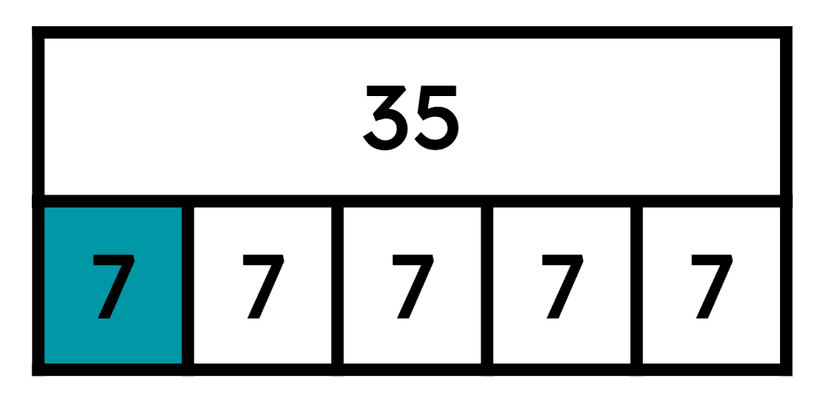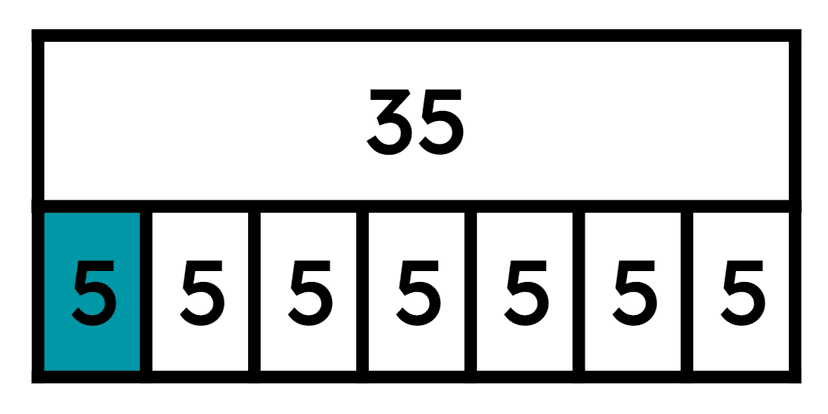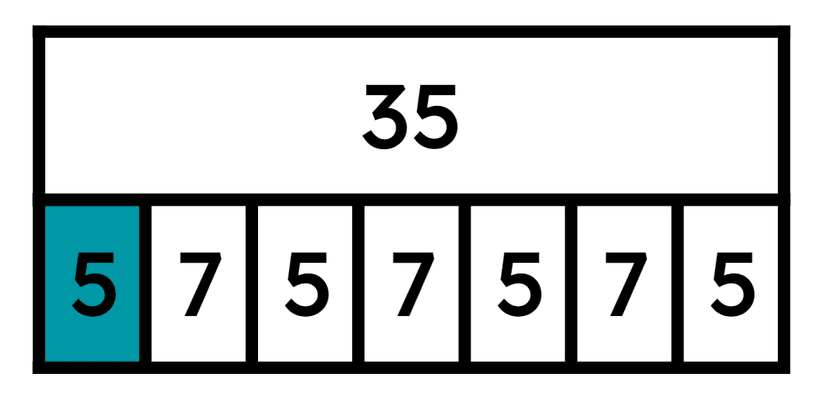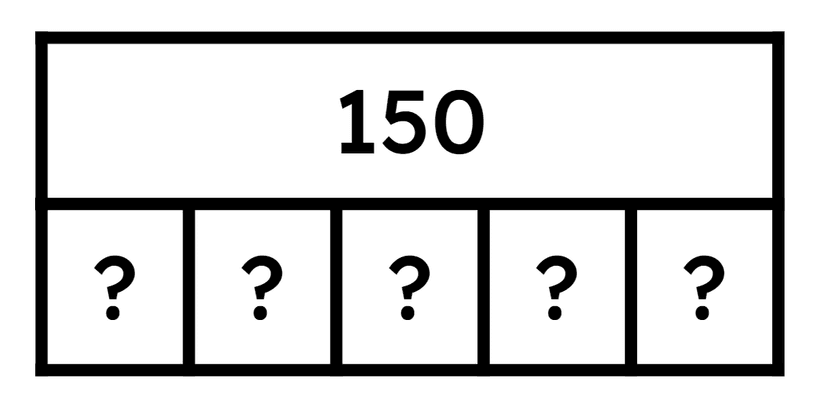Myths about teaching can hold you back
Learn why
New
New
Lesson 5 of 10
- Year 5
Find a non-unit fraction of a quantity using mental and written calculation strategies
I can use mental and written calculation strategies to find a non-unit fraction of a quantity.
Lesson 5 of 10
New
New
- Year 5
Find a non-unit fraction of a quantity using mental and written calculation strategies
I can use mental and written calculation strategies to find a non-unit fraction of a quantity.
These resources were made for remote use during the pandemic, not classroom teaching.
Switch to our new teaching resources now - designed by teachers and leading subject experts, and tested in classrooms.
Lesson details
Assessment exit quiz
Download quiz pdf









